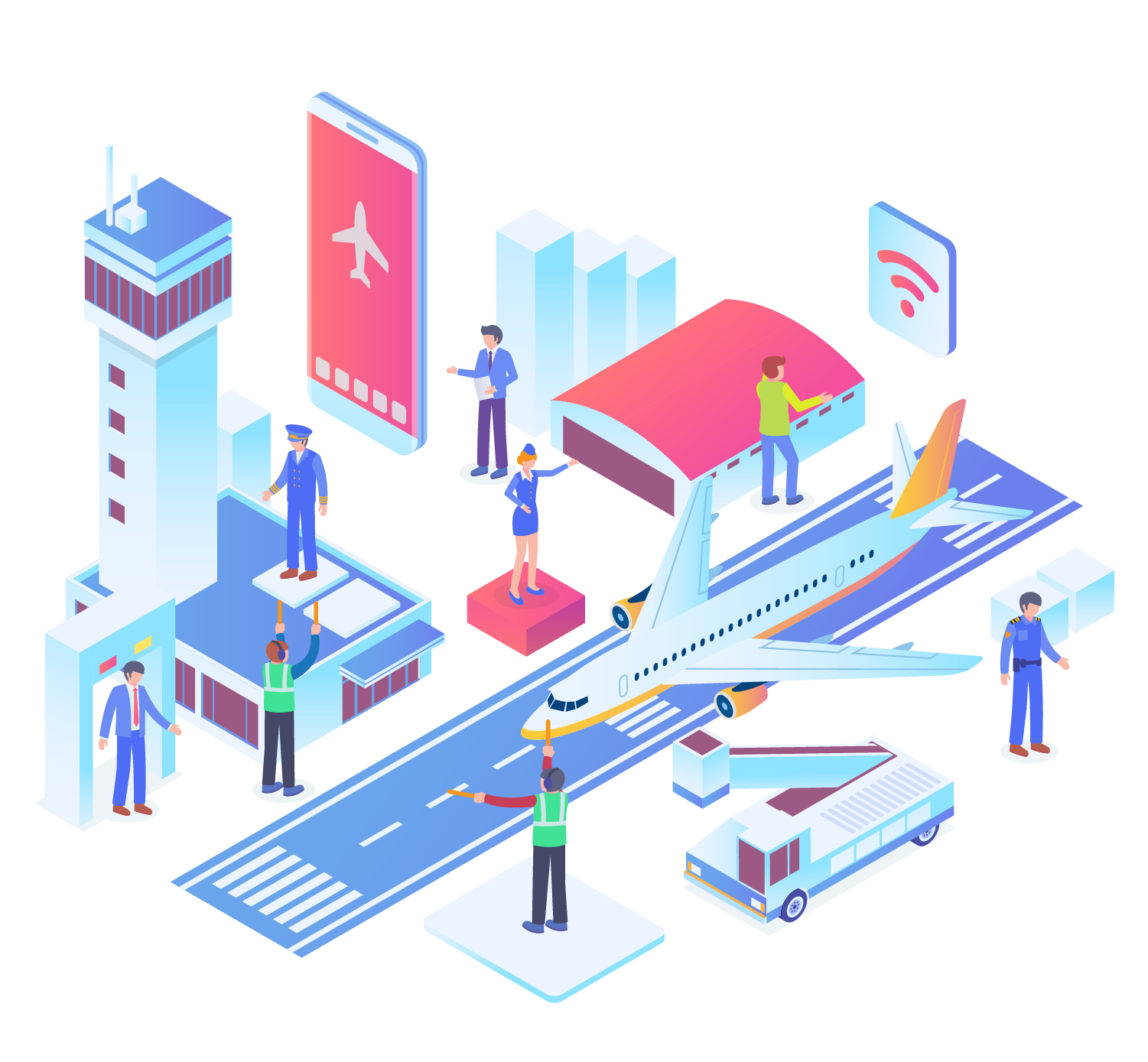Choice overload, over choice, or decision fatigue – call it what you will; it’s what happens when people are presented with too many options. Not only does it get more challenging for them to make a decision, but it can also even lead people to choose no options at all. And this is precisely what our client, a leading hospitality company, was facing.
Our client wanted to provide appealing offers to all of their customers. The problem was that customers were getting too many options: Free Wi-Fi to book a trip to one location; extra air miles for another locale; 15% off for a third, and so on. This led to a low response rate, as customers were rejecting all offers instead of choosing one.
To solve this problem, the client needed a multi-channel contact strategy that would work across in-person, contact center, and email touches. More importantly, they needed to target customers and ensure they were being approached with the right offer through the right communication channel.
Given the amount of data (and personalization) involved, this was a clear case for advanced data analytics.
Multiple Data Sources, Millions in Incremental Revenue
By gathering all the relevant data and applying advanced techniques like predictive analytics, we helped the company spot customers’:
- Preferred destination.
- Most attractive offer/incentive.
- Most responsive point of contact.
Customizing offers this way allowed the company to generate $40 million annual incremental revenue and improve the user’s experience while reducing decision paralysis.

Predicting Where Customers Will Travel – and the Perks They Prefer
To build the capabilities our client needed, we had to start with an organization-wide look at the available data. This meant incorporating nine types of input (brand engagement, geography preference, offer response, service preference, satisfaction scores, GDP index, travel/tourism index, and regional occupancy forecasting and pricing) from four areas (research, operations, revenue management, and marketing). We used this data to determine the customers’ preferences and likelihoods, as mentioned above.
Next, we considered various offers (e.g., room upgrade) and contact points (e.g., website) to forecast what combination would most likely appeal to each customer. This enabled the company to run a triple-customization campaign: the right incentive with the right destination, delivered using the customer’s preferred medium.
Targeting Reduces Decision Fatigue, Increases Profit
By reducing the number of potentially confusing options, our client provided a better experience to their customers – and increased customers’ engagement with carefully targeted and personalized offers. This led to an increase in profit as well as campaign effectiveness.


























